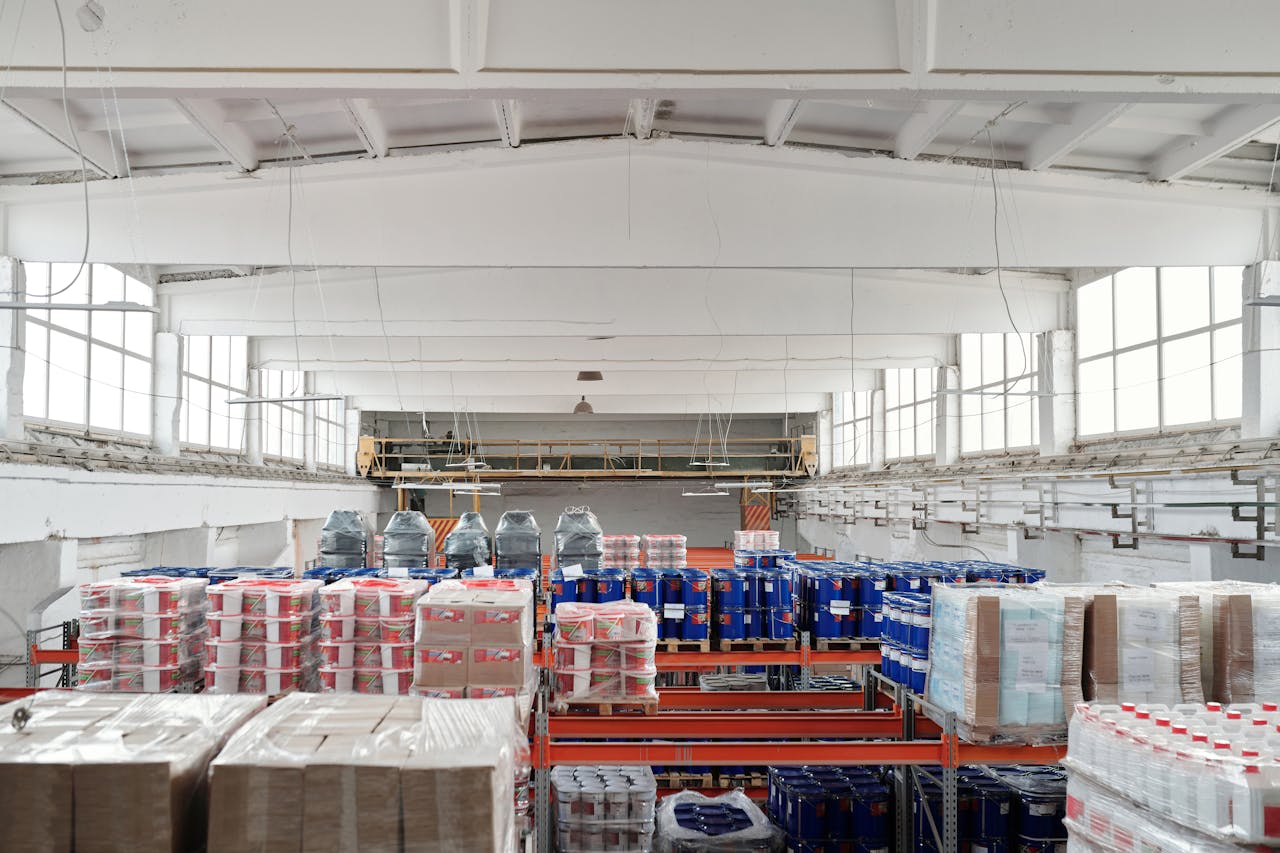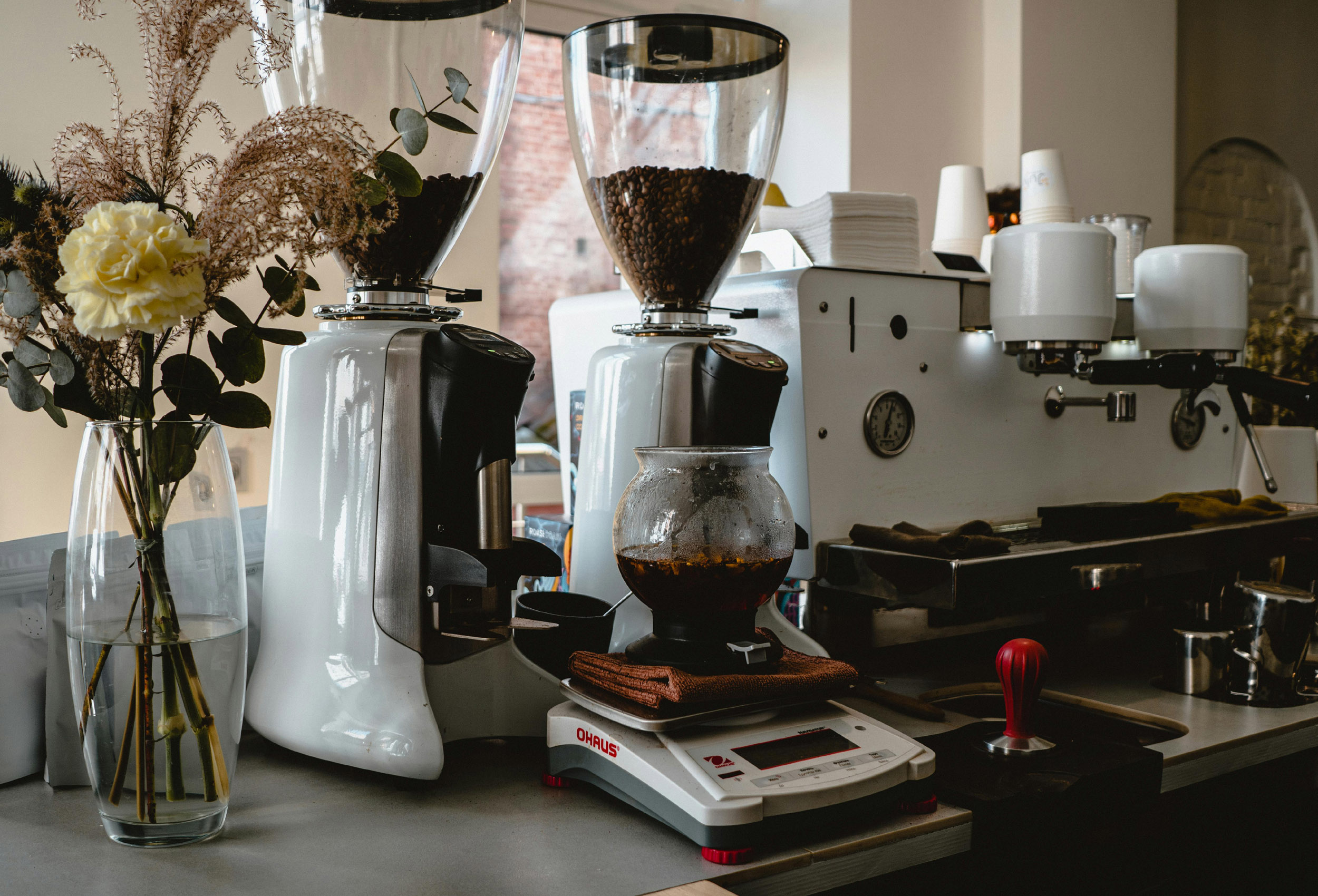Are you wondering what to do to your garden during winter? Do you feel like it will be a waste of space if there is nothing to plant? Well, here are some useful tips to keep your garden busy during winter.
- Give Your Garden A Good Frame
Yes, winter is a quiet season but there is still too much that you need to do. From December to March, you have a great opportunity for creating cloches, greenhouses, cold frames and much more. These will help you extend your harvest season effortlessly. During the winter season, you need to start planting early spring crops from seed. You will be able to reveal your garden’s framework. It’s the perfect time to dig new beds, lay paths and gather sticks for staking peas and beans.
- Start Your Seeds
You can enjoy a lot of benefits if you start planting your seeds indoors. For instance, it’s cheaper than buying seedlings. You will be able to harvest earlier. Additionally, if you use uncontaminated soil your seedlings will be healthier and stronger compared to those from the factory. If you save your seeds over the year, you can create unique varieties that will be envied by other gardeners.
You can start by filling a clean container (an egg crate, peat pot, seed starter box or deep ice cube tray) with growing soil (not contaminated). Make sure the container drains properly so you must punch holes if possible. Follow the package directions when planting the seeds then place the container in a transparent plastic bag, preferably large and loose. The bag will increase the temperature and humidity of the atmosphere.
If the seeds need sunlight to germinate (not necessary), you can place them in a warm sunny spot and frequently turn the container to ensure that the stems are growing straight. Additionally, you need to check the soil frequently to make sure it’s moist but not sopping wet. Next, you can add fertilizer once the seedlings have sprouted 4 or more leaves.
Crops that prefer the cold season include cabbage, broccoli, leek, cabbage and various lettuces. You can grow them indoors as seeds during the cold winter months. To give the seedlings the best chance of survival, you must harden them off in a cold frame or cloche before transplanting them to the ground.
- Create A Cloche
A cloche is a great way to shelter your plants from wind and frost during the harsh winter months. It refers to a covering that protects your plants from cold temperatures. You can build a cloche anytime and it will be ready to use when you eventually move the seeds outdoors after the winter season. You can make a cloche out of anything and can be any size or height. Even better, it can be portable or fixed. Some tips for building a cloche include the following.
• Recycle a 5-gallon water container (transparent and cracked) by cutting out the bottom part and placing it over the young seedlings.
• Put soil in a large bucket or small barrel and put a stake in the middle. Next, you can insert plant pots and then cover them with plastic sheeting. Next, you can weigh down the edges with bricks to secure the plastic. Additionally, you can put a locking ring around the top part of the bucket.
• Take half an inch of PVC pipe and bend it into hoops. Cut the ends at an angle to create a sharp point then drive them into the ground. You can create as many hoops as you need and cover them with painter’s plastic to create an open-ended tunnel over the garden bed. You can use gallon jugs to weigh down the plastic or use garden stakes to anchor it.
Try out these 3 tips for the perfect winter garden!



